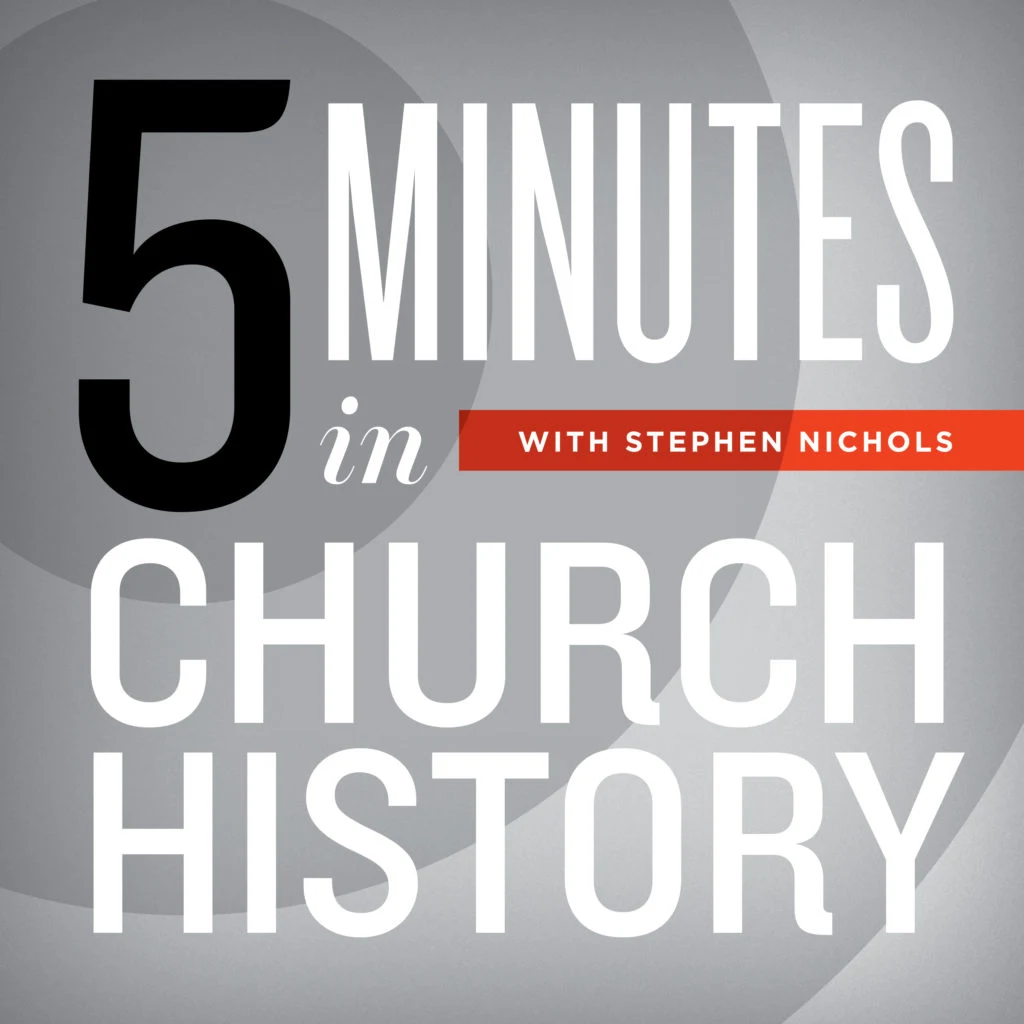The Synod of Dort

Where did the five points of Calvinism come from? On this episode of 5 Minutes in Church History, Dr. Stephen Nichols takes us back 400 years to the Synod of Dort.
In this episode, we are celebrating an anniversary. Historians love to celebrate anniversaries. We like to celebrate birth dates, and we like to celebrate events that were crucial in the life of the church. We just had the five-hundredth anniversary of the Reformation last year, and 2018-2019 is the four-hundredth anniversary of the Synod of Dort.
Now, the Synod of Dort has a two-year period for its anniversary, because it was convened in 1618. So, we celebrate the four-hundredth anniversary of the convening of the Synod in 2018. The Synod was dismissed in May 1619. So, 2019 is also a four-hundredth anniversary.
What happened at the Synod of Dort? Why is this a significant event in church history? Dort is short for the city in the Netherlands known as Dordrecht—a port city. This synod of the Dutch Reformed Church involved a number of Puritan delegates from Great Britain, many of whom had been ousted from their posts at Cambridge by Charles I and William Laud. So, this was a bit of an international synod at Dordrecht.
The Synod was called to deal with a problem that had precipitated in the Dutch church, a problem that started back with Jacobus Arminius. Arminius was born in 1560 and died in 1609. His followers pooled together his teachings and wrote up a document called “The Remonstrance.” Now, to remonstrate is like to demonstrate, only a little bit stronger. And what where they remonstrating against? Well, they were remonstrating against the teachings of John Calvin on the doctrines of grace.
Five objections were prepared against the doctrines of grace. The first objection had to do with the doctrine of election. The second objection had to do with atonement. The third had to do with total depravity, or as Dr. Sproul would like to say, radical corruption. The fourth had to do with irresistible grace. The final objection had to do with perseverance of the saints.
Now, we can put these doctrines that were being reacted against into an acrostic using certain initials to capture them. This is the Netherlands, so we have the wonderful Dutch flower, the tulip. The “T” stands for total depravity, the “U” stands for unconditional election, the “L” stands for limited atonement, the “I” stands for irresistible grace, and the “P” stands for perseverance of the saint—or, as some like to say, the preservation of the saints.
“The Remonstrance” was a document outlining the ways a group known as the “Remonstrants” disagreed with Calvin on these crucial doctrines related to the doctrine of salvation. So, the Synod of Dort was convened to answer these five objections. The Canons of Dort therefore have five heads of doctrine answering each one of these points of the Remonstrants. Under each of these heads of doctrine, there are numerous articles explaining what they mean, relying heavily on Scripture. Also, there are a number of paragraphs under each head titled “Rejections.” The Canons of Dort not only outlined what the Synod affirmed, but they also outlined what the Synod rejected.
The other interesting thing you need to know is the order in which the doctrines of grace appear in the Canons. It was not actually in the order we are accustomed to in the acrostic TULIP. It was actually ULTIP, which I don't think is a flower, but it's important to see where the conversation started. The conversation started with the doctrine of unconditional election. In the mind of the Synod you needed to start there, with God's sovereignty over His creation and over His creatures and the centrality of the decree of election and, then, how it unfolds.
Recent Episodes
A Little Church History of a Middle Colony: The First Great Awakening
December 17, 2025|American Church History
A Little Church History of a Middle Colony: Early Influences
December 10, 2025|American Church History
Gunpowder and a Proclamation
December 3, 2025|Geographical Perspectives
Thanksgiving in Church History
November 26, 2025|American Church History
3 Sermons on the Hallelujah Chorus
November 19, 2025|General Church History
Charles Jennens’ Libretto
November 12, 2025|General Church History
